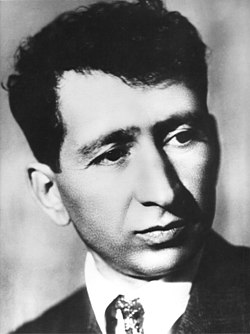
This is a list of Armenian authors, arranged chronologically.

This is a list of Armenian authors, arranged chronologically.
A select number of Armenians are known to have written in other languages such as Greek prior to the invention of the Armenian alphabet.
Classical Armenian is the literary language of Armenia written during the 5th to 18th centuries.









